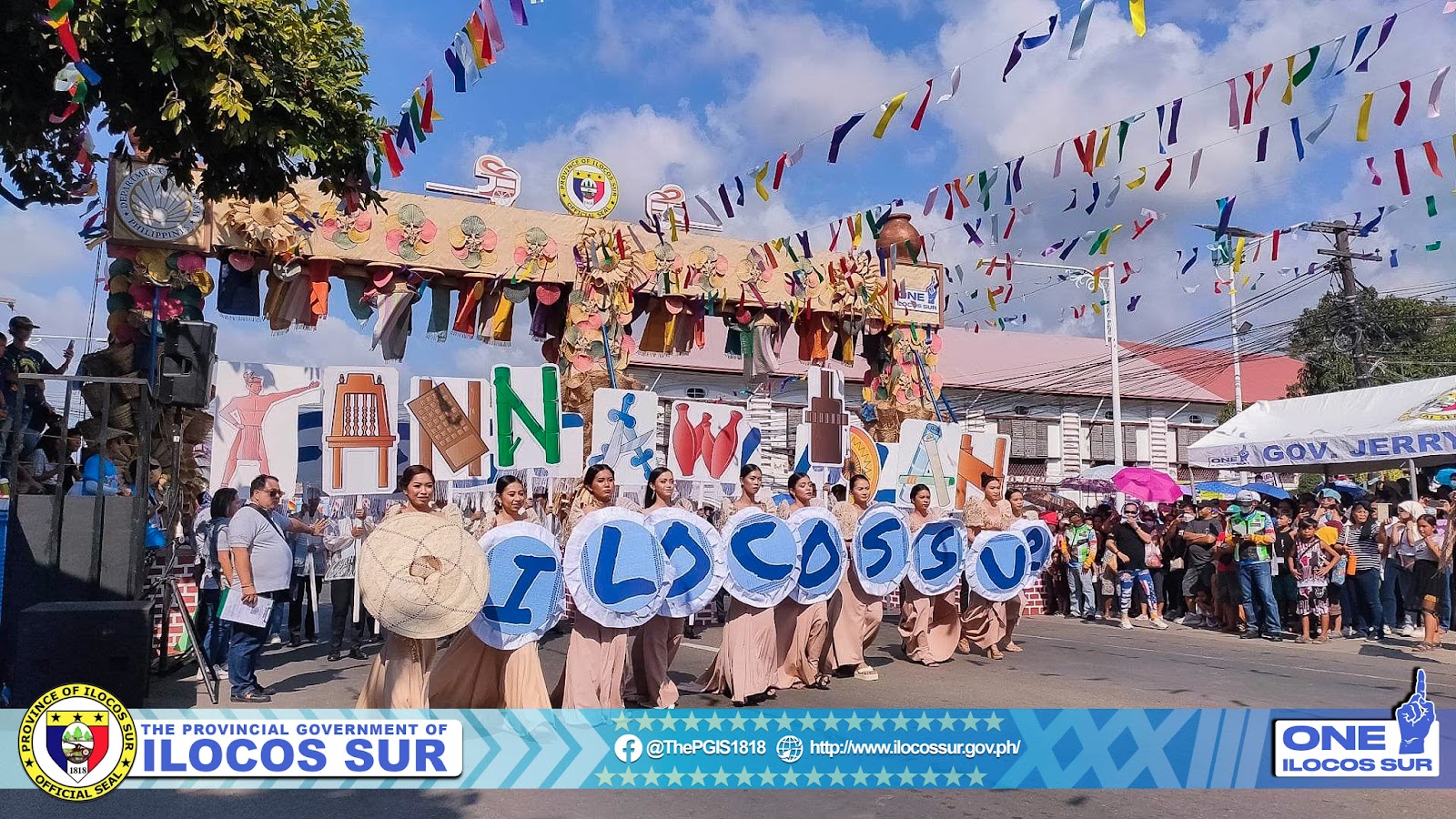With each passing day, the final chapter of this school year unfolds, bringing a mix of nostalgia, fulfillment, and anticipation. As I turn the page on this journey, I find myself reflecting on the moments that shaped me, the lessons that challenged me, and the experiences that pushed me to grow. The fourth quarter brought challenges, valuable lessons, and defining moments that contributed to my growth. As I navigated through new lessons and experiences, I found myself learning not only technical skills but also resilience and adaptability. This period has tested my patience, but it has also strengthened my ability to overcome obstacles. Looking back, I realize how much I have gained, not just in knowledge but in personal development as well.
During this final quarter, I learned how to use Microsoft FrontPage, a tool that allowed me to create and edit web pages in a user-friendly environment. I also explored different types of networks which are the Local Area Network (LAN), Metropolitan Area Network (MAN), and Wide Area Network (WAN) and understood how LAN cables play a crucial role in establishing wired connections. These lessons provided me with a deeper understanding of website creation and network systems, which are essential in today's digital world.
Despite these valuable learnings, I faced several challenges. One of the biggest obstacles was dealing with technical difficulties, such as a malfunctioning computer, which forced me to transfer all my files to another device. Additionally, working on my FrontPage project proved to be frustrating, as the final output often did not match my expectations. Network signal issues also complicated file transfers, making the process even more difficult. However, I chose to practice patience and adaptability. Instead of waiting for my assigned computer to be fixed, I decided to start over on another device. Though it required extra effort, this approach helped me complete my tasks efficiently rather than wasting time. I also carefully reviewed and adjusted my FrontPage project multiple times until I achieved the desired results.
As this school year comes to an end, I carry with me the lessons I have learned—lessons of resilience, problem-solving, and perseverance. These experiences will not only guide me in my next academic journey but will also serve as valuable life skills that I will hold onto wherever the future takes me. This quarter has not only enhanced my technical knowledge but also strengthened my perseverance. With every challenge overcome, I am one step closer to becoming a more capable and determined student.
Reference:
Tecnoalimeninfo. (2021, February 10). [Image accompanying the article "The Fundamental Methodology of Software Development Services"]. Tecnoalimeninfo. https://tecnoalimeninfo.com/the-fundamental-methodology-of-software-development-services/

























